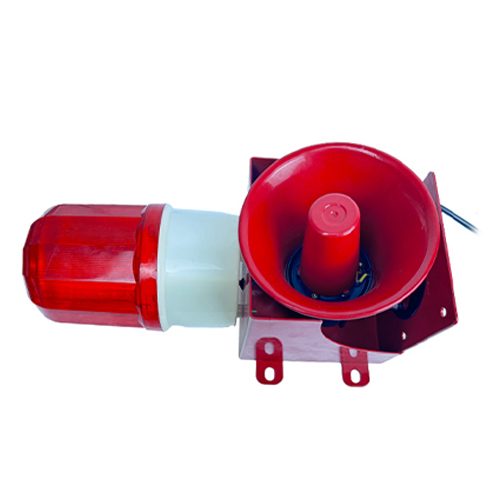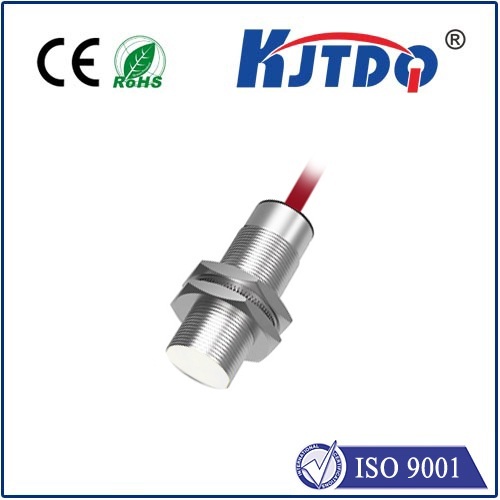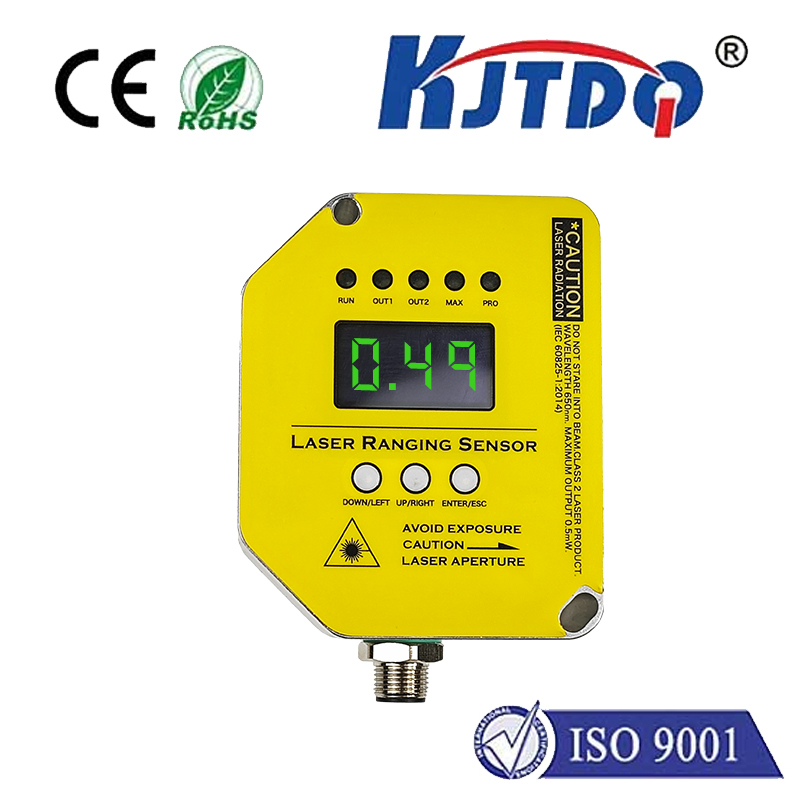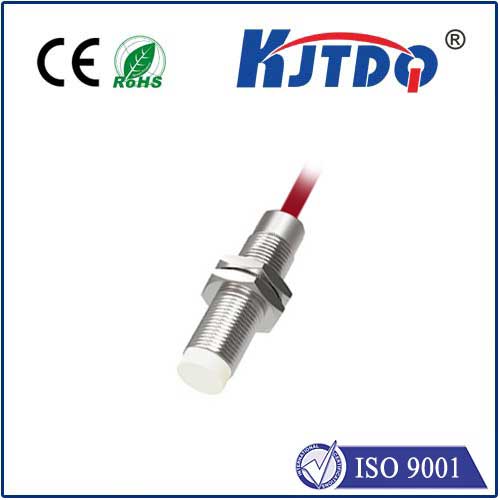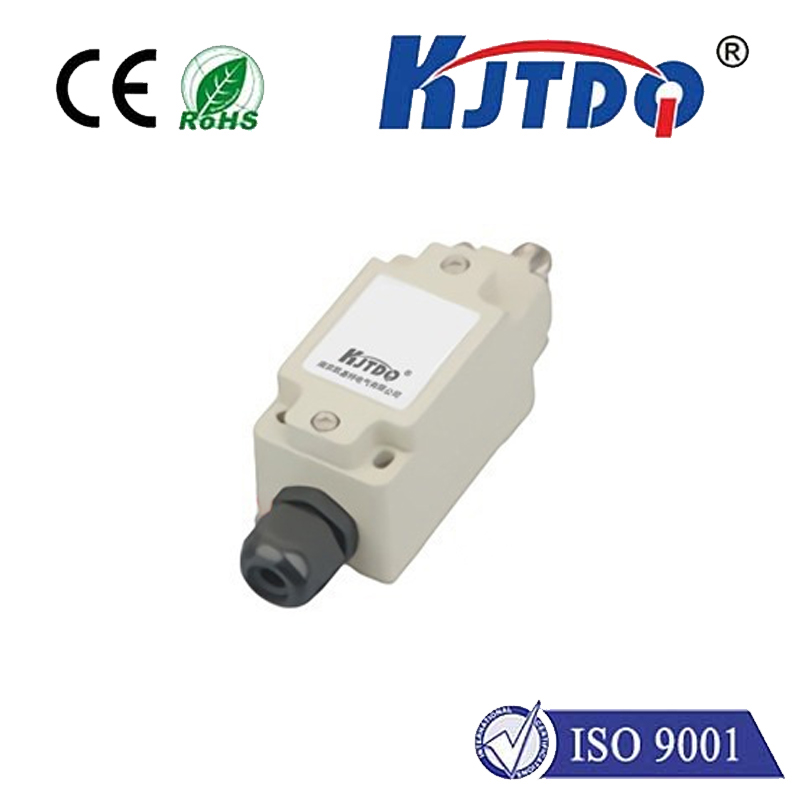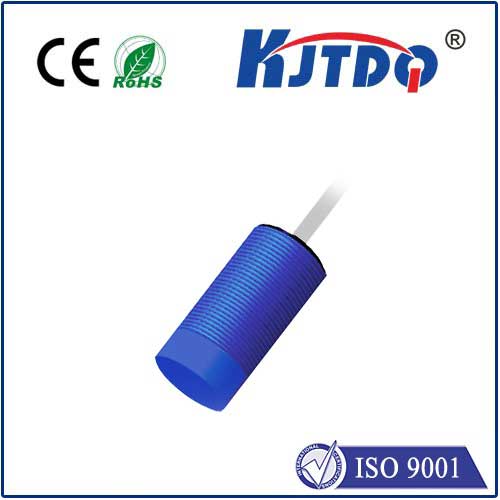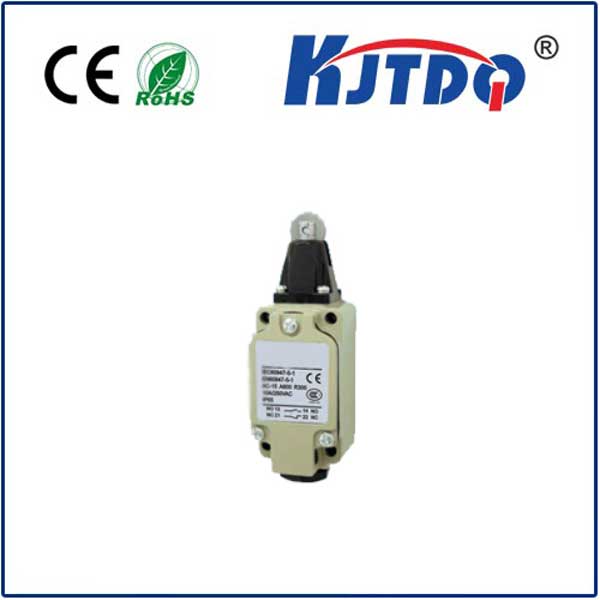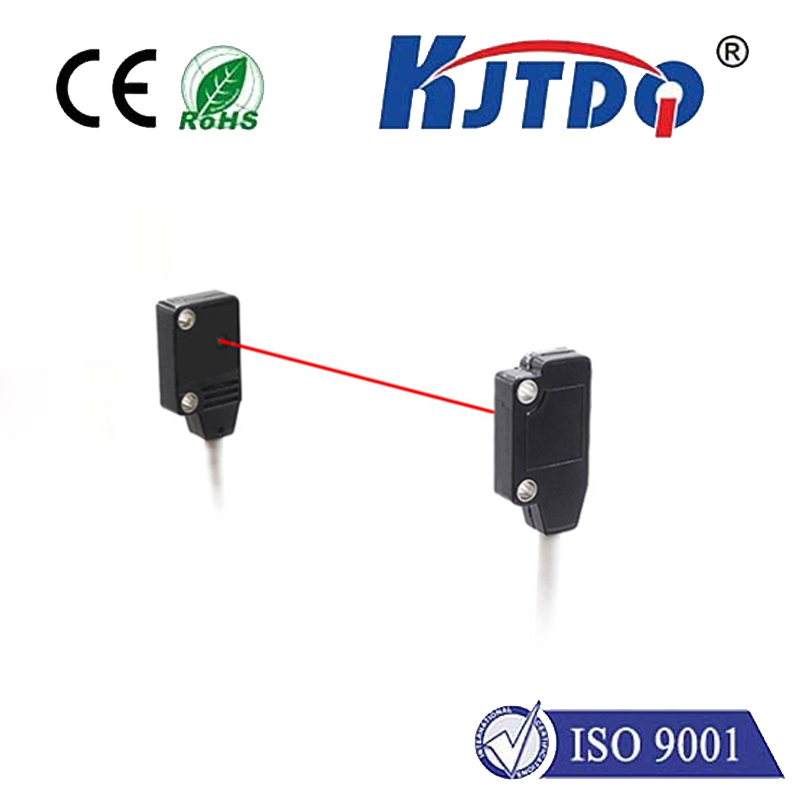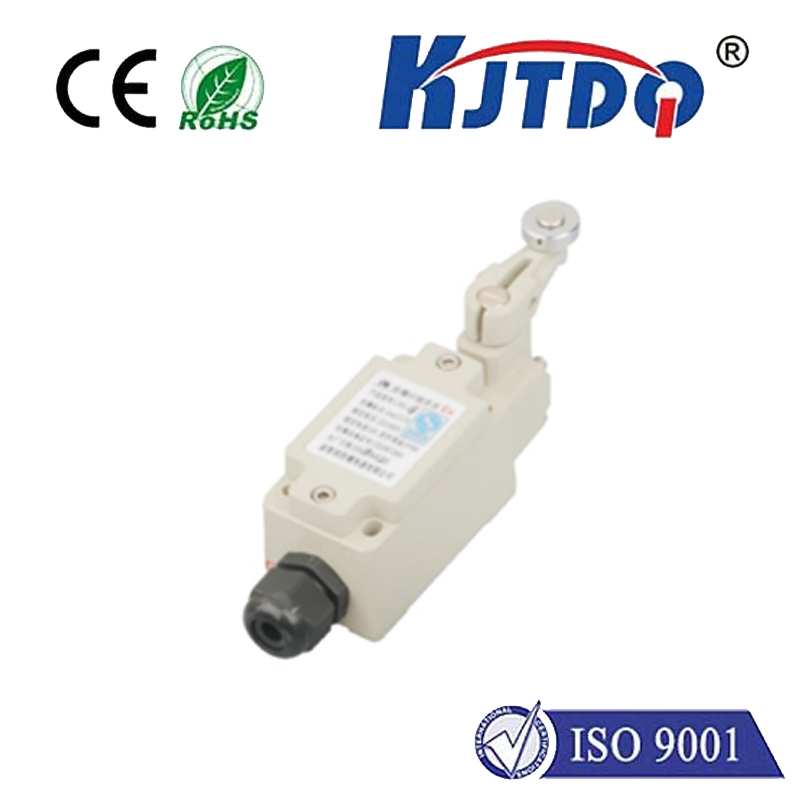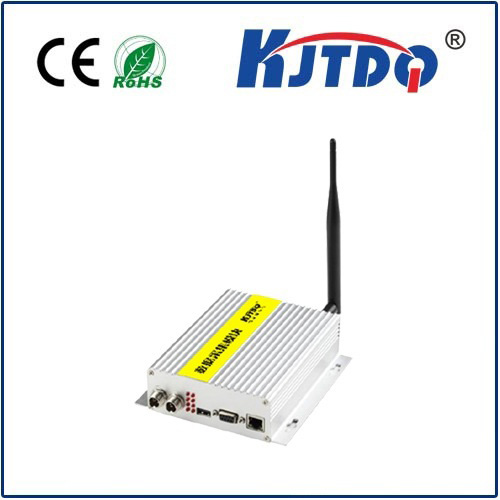sensor npn no
- time:2025-07-17 08:22:51
- Click:0
Decoding Sensor NPN NO: The Essential Guide to Normally Open NPN Sensors
Ever encountered the cryptic specification “sensor npn no” on a datasheet or product listing and wondered exactly what it entails? This seemingly simple combination of letters holds the key to understanding a fundamental aspect of industrial and electronic sensing: the output configuration. Choosing the right sensor type – especially its output circuitry – is critical for seamless integration and avoiding costly wiring errors. Understanding Sensor NPN NO is foundational for anyone working with automation, robotics, or electronic control systems.
What Does “Sensor NPN NO” Actually Mean?
Let’s break down the terminology:
- Sensor: The device detecting a physical parameter (like proximity, light, temperature, pressure) and converting it into an electrical signal.
- NPN: Refers to the type of transistor used in the sensor’s output stage. An NPN transistor acts as a low-side switch. This means:
- It sinks current to ground (0V).
- The load (e.g., PLC input, relay coil) must be connected between the sensor’s output wire and the positive supply voltage (+V).
- When the sensor activates, the NPN transistor turns ON, creating a path for current to flow from the supply, through the load, into the sensor’s output, and finally to ground.
- NO (Normally Open): Describes the default electrical state of the sensor’s output contacts or switching element when the sensor is inactive (not detecting its target).
- NO means the output is “open” (like an open switch) when inactive. No current flows through the output circuit in this state.
- When the sensor detects its target (becomes active), the output “closes” (like a switch turning ON). This allows current to flow through the load.
Therefore, a Sensor NPN NO is a sensor that:
- Uses an NPN transistor in its output circuit (acting as a low-side switch, sinking current).
- Provides an output signal that is electrically open (OFF, no current flow) when the sensor is not detecting its target.
- Provides an output signal that is electrically closed (ON, allows current flow to ground) when the sensor is detecting its target.
Why the NPN and NO Combination Matters
Understanding the interplay between NPN and NO is crucial for several reasons:
- PLC and Controller Compatibility: Programmable Logic Controllers (PLCs) and other control devices have specific input types:
Sinking Inputs: These require a signal that provides a path to ground (0V) when active. An NPN sensor’s output (which sinks current) is perfectly matched to a sinking input. When the NPN sensor activates, it connects the PLC input line to ground, signaling the ON state. The PLC input circuit typically includes an internal resistor connected to +V.
Sourcing Inputs: These require a signal that provides a positive voltage (+V) when active. Sourcing inputs pair naturally with PNP sensors (which source current).
Matching an NPN NO sensor to a sinking PLC input creates a complete and compatible circuit when the sensor activates.
- Circuit Design and Wiring: Knowing the sensor is NPN NO dictates exactly how it must be wired:
- The sensor’s brown wire (or +V) connects to the positive power supply.
- The sensor’s blue wire (or 0V) connects to the power supply ground (0V).
- The sensor’s black wire (output) connects to one side of the load (e.g., terminal of a PLC sinking input).
- The other side of the load must connect to the positive power supply (+V).
- When active, the sensor sinks current from the load to ground via the black wire.
- Application Logic: The NO aspect defines the meaning of the output signal in relation to the physical event:
- “Normally Open” implies the output is OFF (open circuit) during the “normal” or resting state (no target present).
- When the target is present, the output activates (closes, ON).
- This is ideal for: Signaling the presence of an object (e.g., part detected on a conveyor, door closed), initiating an action when detection occurs (e.g., start a timer, increment a counter, turn on a machine), or providing a “go” signal.
NPN NO vs. NPN NC: A Critical Distinction
It’s vital not to confuse NPN NO with NPN NC (Normally Closed):
- NPN NC Sensor:
- Output is ON (closed circuit, sinking current) when the sensor is inactive (no target).
- Output turns OFF (open circuit) when the sensor activates (target detected).
- Used for safety circuits (e.g., guard door switch - circuit closed/safe until door opens), or signaling the absence of an object.
When to Choose a Sensor NPN NO
Selecting a Sensor NPN NO configuration is advantageous when:
- Your PLC or controller inputs are configured as sinking inputs (very common).
- Your application logic requires an active ON signal when a target is detected (e.g., “part present = signal ON”).
- Cost might be a factor (NPN sensors are often slightly less expensive than PNP equivalents, though this gap has narrowed).
- Existing system wiring or standards dictate the use of low-side switching (NPN).
Common Applications of Sensor NPN NO
You’ll find Sensor NPN NO implementations across countless industries:
- Manufacturing Assembly Lines: Detecting parts entering a workstation (signal ON = part present, proceed).
- Packaging Machinery: Confirming case flaps are closed before sealing (signal ON = flap closed, seal).
- Material Handling: Sensing boxes on a conveyor belt to trigger sorting mechanisms (signal ON = box in position).
- Robotics: Verifying an end effector has grasped a part (signal ON = part secured).
- Automotive: Checking if a car body is correctly positioned for welding (signal ON = in position, weld).
- Intruder Alarms: Detecting a window opening (if wired to signal ON when opened/infrared beam broken).
Key Considerations for Implementation
While understanding “sensor npn no” gives you the fundamentals, remember these practical points:
- Voltage Ratings: Ensure the sensor’s operating voltage and output current rating match your power supply and load requirements.
- Load Compatibility: Confirm the load (PLC input, relay, etc.) accepts a sinking signal and doesn’t exceed the sensor’s maximum output current.
- Sensing Distance and Environment: Choose the right sensor type (inductive, capacitive, photoelectric) and specifications for your actual application conditions (target material, temperature, dirt, etc.).
- Wiring Integrity: Poor connections or damaged wires are a frequent cause of sensor failure. Use proper connectors and strain relief.
*





